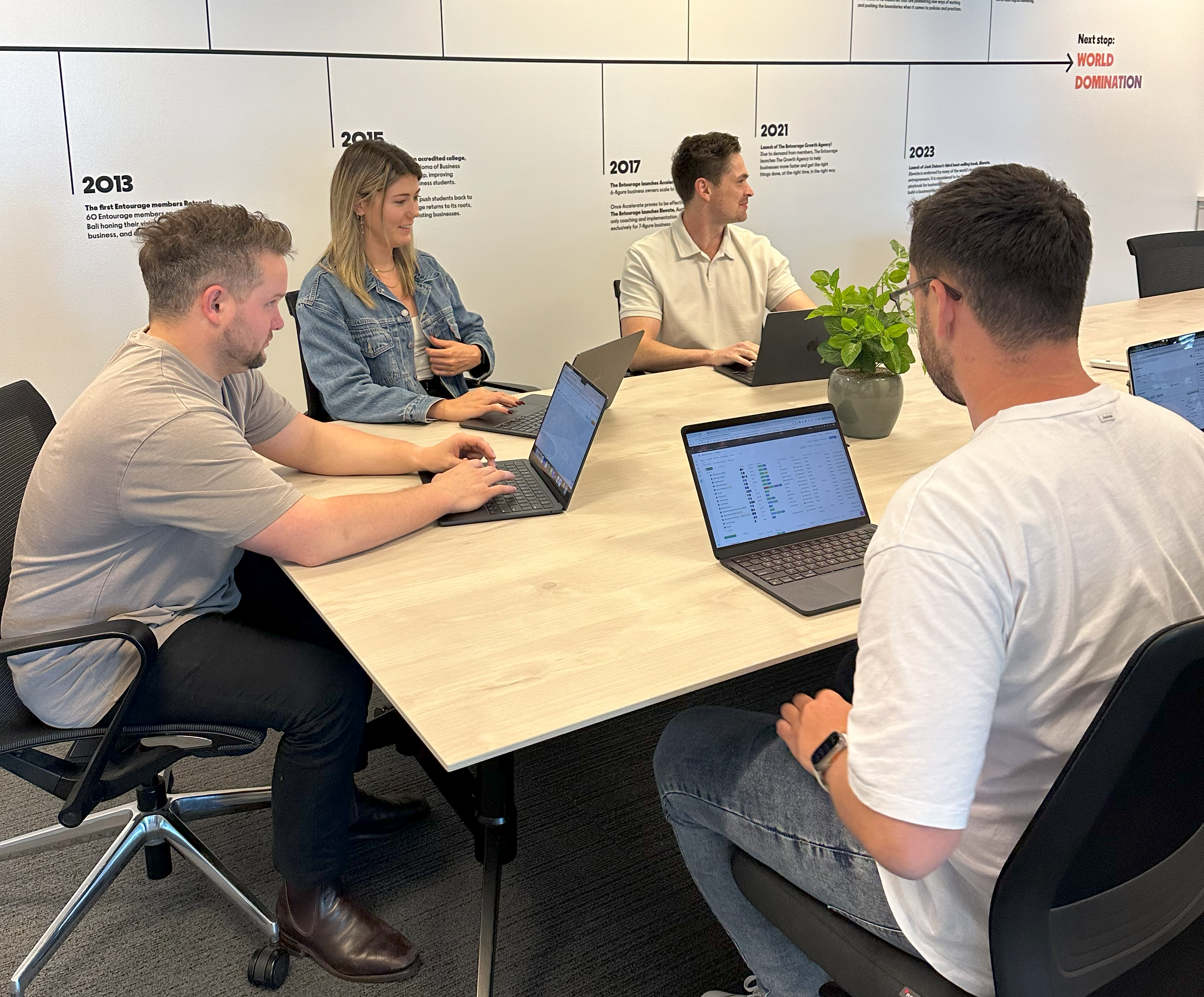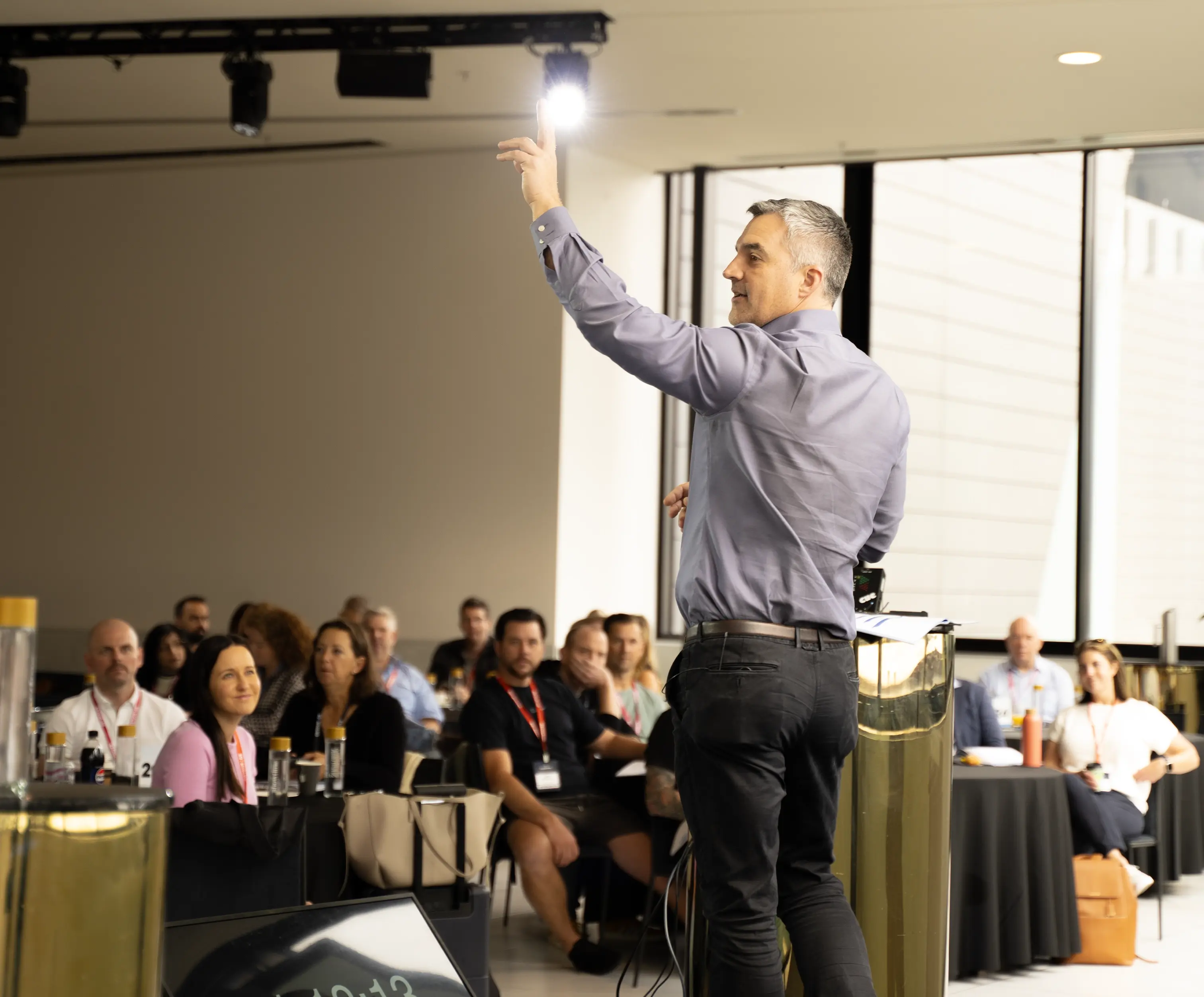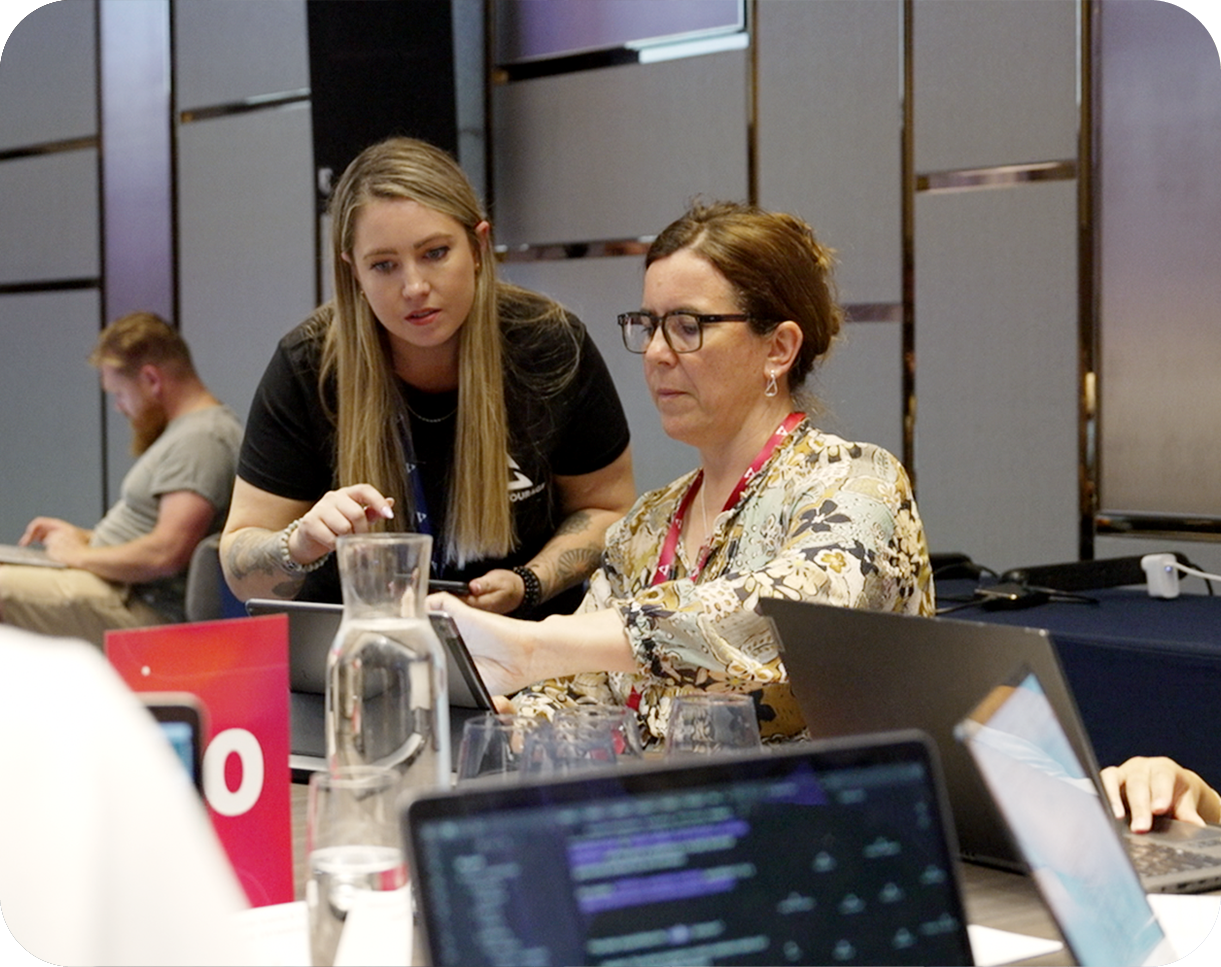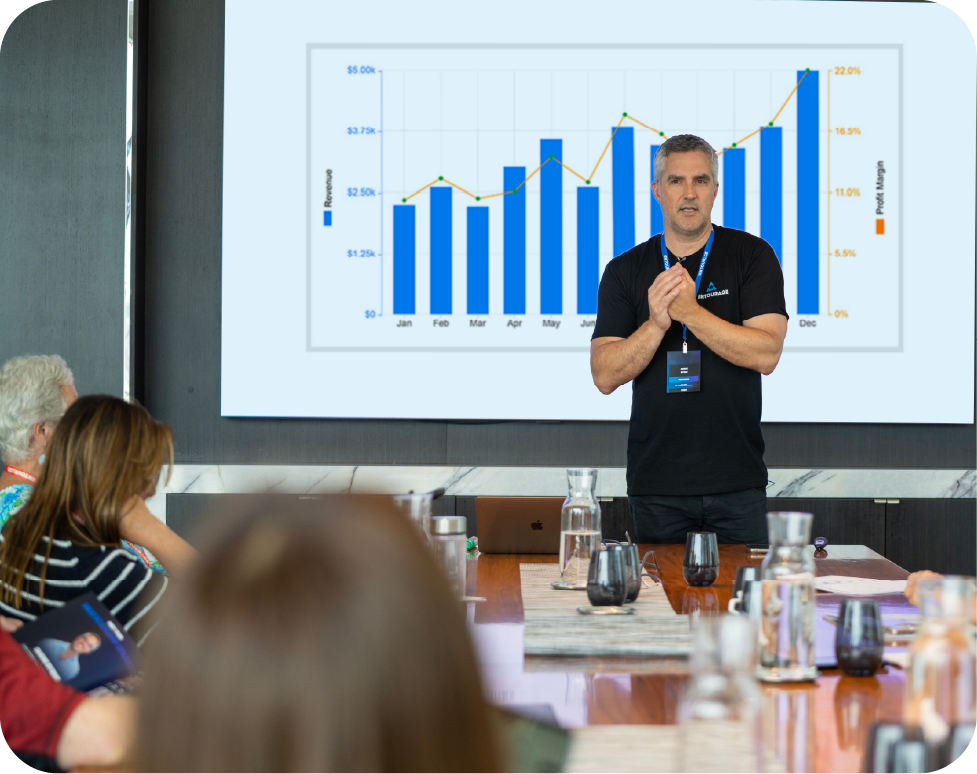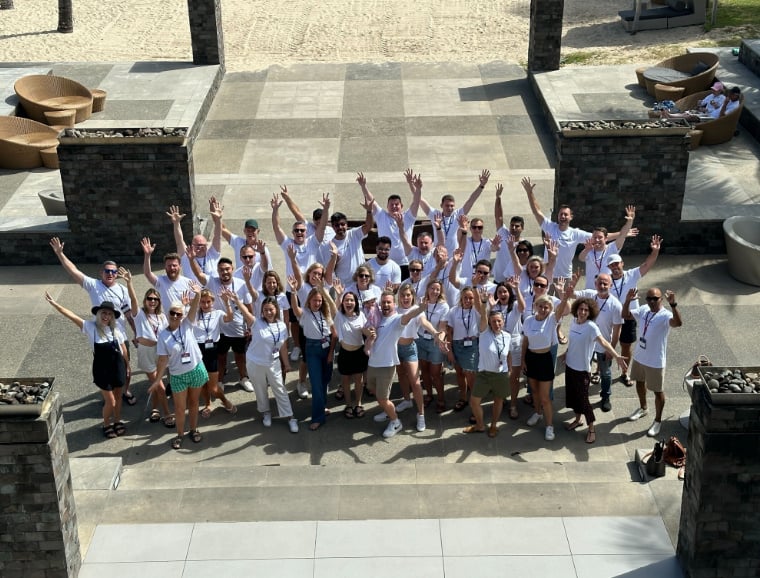Bringing a loved one from overseas is thrilling, yet it often presents some real difficulties. For those planning to marry an Australian citizen, the Prospective Marriage Visa 300 offers a pathway to make that dream a reality. You'll learn all about who qualifies for this visa. We'll also show you exactly how to apply and point out the most important things to consider.
Understanding the prospective marriage visa 300 allows individuals to travel to Australia to marry their partner. This temporary visa gives you nine full months to organise your dream wedding and start your life together down under. However, securing this visa requires meeting specific criteria and following the correct application process. Let's explore what you need to know to make your application successful.
Eligibility Criteria
You must meet several requirements to qualify for the Prospective Marriage Visa 300. Understanding the expectations significantly simplifies the application process and increases the likelihood of approval.
Relationship Requirements
Applicants must be engaged to an Australian citizen, permanent resident, or eligible New Zealand citizen. It is crucial to prove a genuine intention to marry within the visa's nine-month validity. Wedding plans, invitations, and venue bookings all help confirm this commitment. Providing evidence such as engagement photos, correspondence between partners, and statements from family and friends can strengthen your application. The more documentation you can provide showing the genuine nature of your relationship, the better your chances of approval.
Age and Marital Status
Both partners must be legally free to marry, meaning they cannot be married to anyone else at the time of application. Additionally, applicants must be at least 18 years old when applying. You'll need to provide official documents such as divorce certificates or death certificates if either partner was previously married. Birth certificates or passports will verify age requirements.
Character and Health Assessments
Applicants are required to undergo character and health assessments. Getting your police records and completing all necessary health examinations are vital parts of the process. These checks help ensure everyone entering the country meets Australian standards. The Australian Government Department of Home Affairs sets clear guidelines for these requirements, including which countries require police certificates and what medical examinations are necessary. Health examinations typically include chest x-rays and general health checks conducted by approved panel physicians.
Financial and Sponsorship Obligations
The Australian partner must act as a sponsor for the visa applicant. Sponsors need to demonstrate they can provide financial support if required. You'll want to show proof of your earnings, employment details, and residential stability to confirm your capacity to support your partner. This doesn't mean you need to be wealthy, but you should show stable income and accommodation arrangements for when your partner arrives.
Application Process
Understanding the application process can help streamline the journey. Here are the key steps involved in applying for the Prospective Marriage Visa 300.
Gathering Documentation
Collecting the necessary documents is a critical part of the application. Required items typically include identification documents, evidence demonstrating your relationship, and proof of your intention to marry. Birth certificates, passports, engagement evidence, and statutory declarations all form part of your application. Ensuring all paperwork is complete and accurate can prevent delays. It's wise to make copies of everything and keep them organised in a logical order.
Lodging the Application
Applications can be submitted online through the official immigration website. It is vital to carefully fill out all sections and double-check for accuracy before submitting. Paying the required fee is also part of this step. Currently, application fees are substantial, so budget accordingly. Once submitted, you'll receive an acknowledgement and a transaction reference number to track your application.
Waiting for Processing
Once submitted, the application undergoes a processing period. Immigration staff get this time to go over all the information carefully. You can track your application's progress by logging into your ImmiAccount to see its current stage and any updates. Processing times vary depending on the complexity of your case and the volume of applications being handled. During this time, immigration may request additional information or documentation, so respond promptly to any requests.
Preparing for the Future
Planning for life in Australia becomes a priority once you receive the visa. Here are some important points to remember.
Arranging the Wedding
With the visa in place, couples can finalise wedding plans. Getting family, friends, and the perfect venue together creates a celebration everyone remembers. This marks the beginning of your next journey as one. Keep in mind that you need to tie the knot within nine months of receiving your visa, so prepare accordingly. Whether you choose a simple ceremony or an elaborate celebration, ensure you obtain a legal marriage certificate, as this will be essential for your next visa application.
Transitioning to Permanent Residency
After marrying, couples may consider transitioning to a Partner Visa (subclass 820/801). This allows the applicant to stay in Australia permanently. Knowing what's required and when it's due helps this change happen without a hitch. You'll need to lodge the Partner Visa application before your Prospective Marriage Visa expires. The Partner Visa is processed in two stages, with temporary residency granted first, followed by permanent residency after a qualifying period.
Adjusting to Life in Australia
Adapting to a new environment can be an exciting adventure. When you understand Australian culture and customs, you'll fit in much easier. Building a good support network and joining in with community activities makes settling in more enjoyable. Consider connecting with migrant support services, joining local community groups, and exploring your new neighbourhood. Learning about Australian workplace culture, healthcare systems, and everyday practicalities will help you feel at home more quickly.
Common Challenges and Solutions
While the process can be smooth, challenges may arise. Knowing what to expect and being prepared makes tough situations easier to handle.
Dealing With Delays
Processing times can vary, leading to potential delays. Patience and providing accurate information matter. Regularly checking your application status and maintaining open communication with immigration authorities can ease concerns. If processing is taking longer than expected, avoid submitting duplicate applications, as this can cause further delays. Instead, contact the department directly if you have genuine concerns.
Handling Documentation Issues
Incomplete or incorrect documentation may cause setbacks. Ensuring accuracy and completeness from the start minimises this risk. You'll feel much more secure once a migration professional reviews your application. If documents are in languages other than English, you'll need certified translations from accredited translators. Keep originals safe and only submit certified copies unless specifically requested otherwise.
Conclusion
The Prospective Marriage Visa 300 makes it possible for you to join your Australian partner and plan your wedding down under. Understanding the eligibility requirements and application process simplifies this exciting journey for couples. With proper planning and thorough preparation, building a life together in Australia moves from a hopeful dream to reality.
Related Categories
Ryan Terrey
As Director of Marketing at The Entourage, Ryan Terrey is primarily focused on driving growth for companies through lead generation strategies. With a strong background in SEO/SEM, PPC and CRO from working in Sympli and InfoTrack, Ryan not only helps The Entourage brand grow and reach our target audience through campaigns that are creative, insightful and analytically driven, but also that of our 6, 7 and 8 figure members' audiences too.

